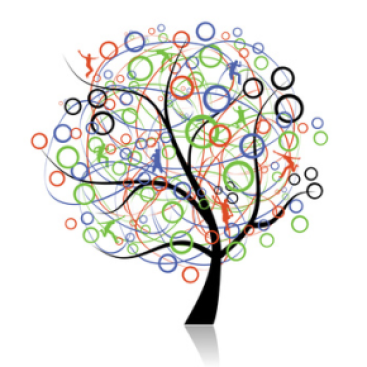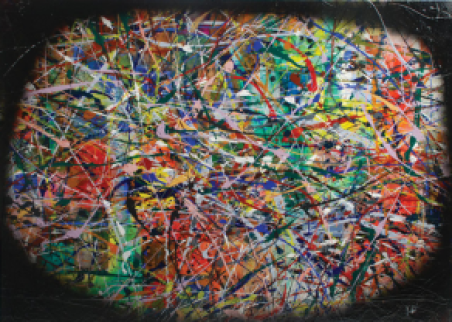One great visual paints a thousand innovating words
One great visual paints a thousand words
This visual I came across some years back, and for me, is outstanding in providing the feedback loops that go into developing the right innovation vision. To get to a definitive endpoint of having an innovation vision, you are faced with some complex challenges. These are well shown here.
Each influences the other and constantly loop back, making an improving vision success hopefully.
The different challenges seen in this terrific depiction provide the sort of dialogue and efforts that needs to go into ‘crafting’ the innovation vision. It is hard, thoughtful work. Let’s look at each of these a little more.
The Time Challenge









